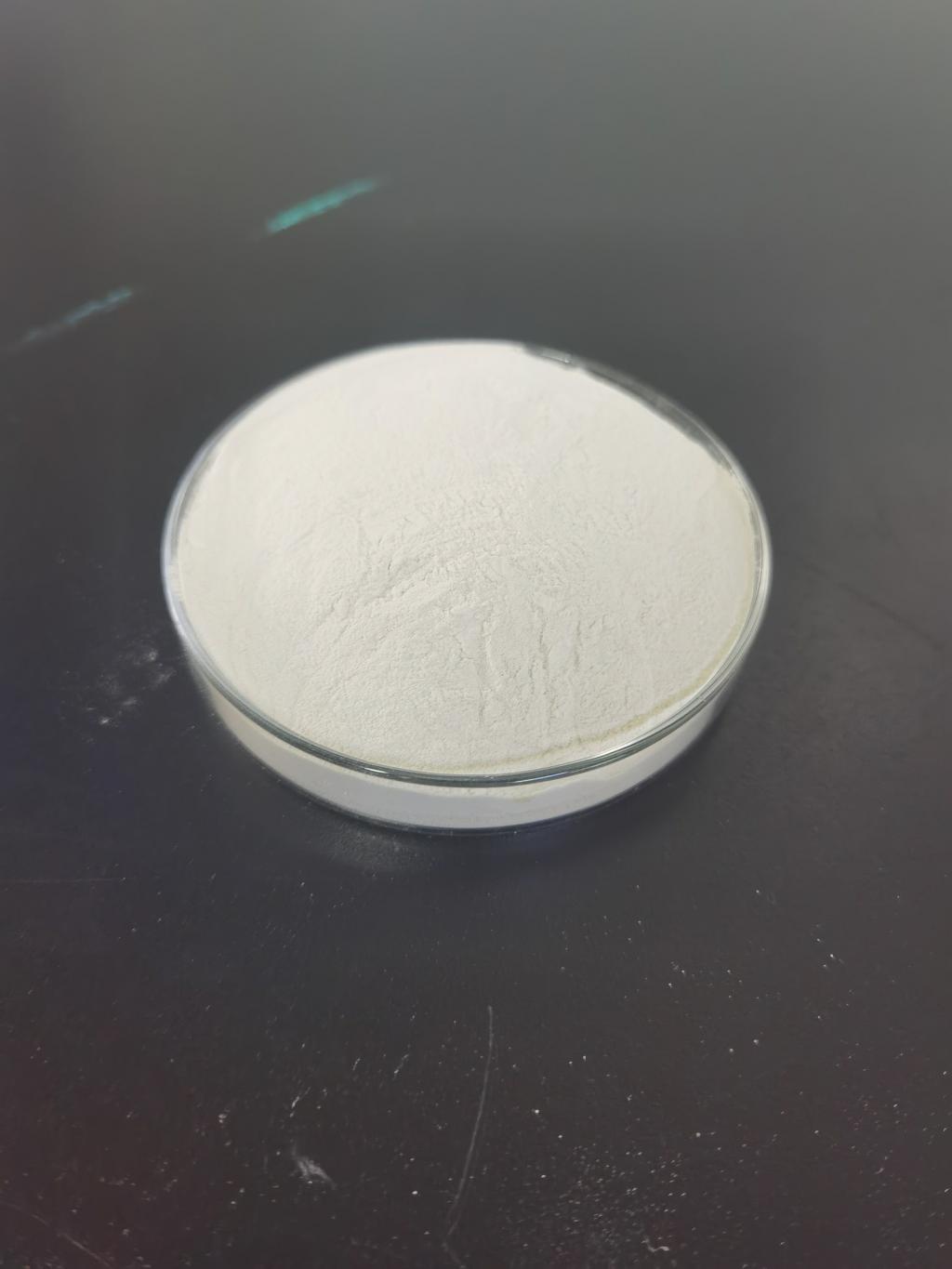Tel:+8618231198596

News
 CONTACT
CONTACT
 CONTACT
CONTACT
- Linkman:Linda Yao
- Tel: +8618231198596
- Email:linda.yao@dcpharma.cn
- Linkman:CHARLES.WANG
- Department:Overseas
- Tel: 0086 0311-85537378 0086 0311-85539701
News
Exploring the potential of Nisin in the cosmetics industry.
TIME:2024-05-10
Antimicrobial Properties of Nisin:
Nisin exhibits potent antimicrobial activity against a wide range of Gram-positive bacteria, including common skin pathogens such as Staphylococcus aureus and Streptococcus pyogenes. Its ability to disrupt bacterial cell membrane integrity and inhibit cell wall synthesis makes it an effective antimicrobial agent. Furthermore, nisin has low toxicity and minimal impact on human skin microbiota, making it suitable for cosmetic applications.
Mechanisms of Action:
The antimicrobial activity of nisin is primarily attributed to its ability to bind to lipid II, a precursor in bacterial cell wall synthesis, and disrupt membrane integrity. Nisin forms pores or channels in the bacterial cell membrane, leading to leakage of intracellular contents and ultimately bacterial cell death. Additionally, nisin may interfere with essential cellular processes, further enhancing its antimicrobial effects.
Applications in Cosmetic Formulations:
Nisin offers several potential applications in cosmetics formulations, including as a natural preservative, antimicrobial agent, and acne treatment. By incorporating nisin into cosmetic products, manufacturers can enhance product safety and stability while reducing reliance on traditional preservatives with potential safety concerns. Nisin's broad-spectrum activity and low toxicity make it particularly suitable for use in skincare products targeting acne and other skin infections.
Current Research and Future Prospects:
Recent research has explored the use of nisin in various cosmetic formulations, including creams, lotions, and serums. Studies have demonstrated its efficacy in controlling microbial growth and maintaining product stability. Future research efforts should focus on optimizing nisin formulations, evaluating its compatibility with other cosmetic ingredients, and assessing its long-term safety and efficacy in cosmetic applications.
Conclusion:
Nisin represents a promising alternative to traditional preservatives in the cosmetics industry, offering potent antimicrobial activity, low toxicity, and compatibility with cosmetic formulations. By incorporating nisin into cosmetic products, manufacturers can enhance product safety and stability while meeting consumer demand for natural and sustainable ingredients. Continued research and development efforts are warranted to fully realize the potential of nisin in the cosmetics industry.
- Tel:+8618231198596
- Whatsapp:18231198596
- Chat With Skype







